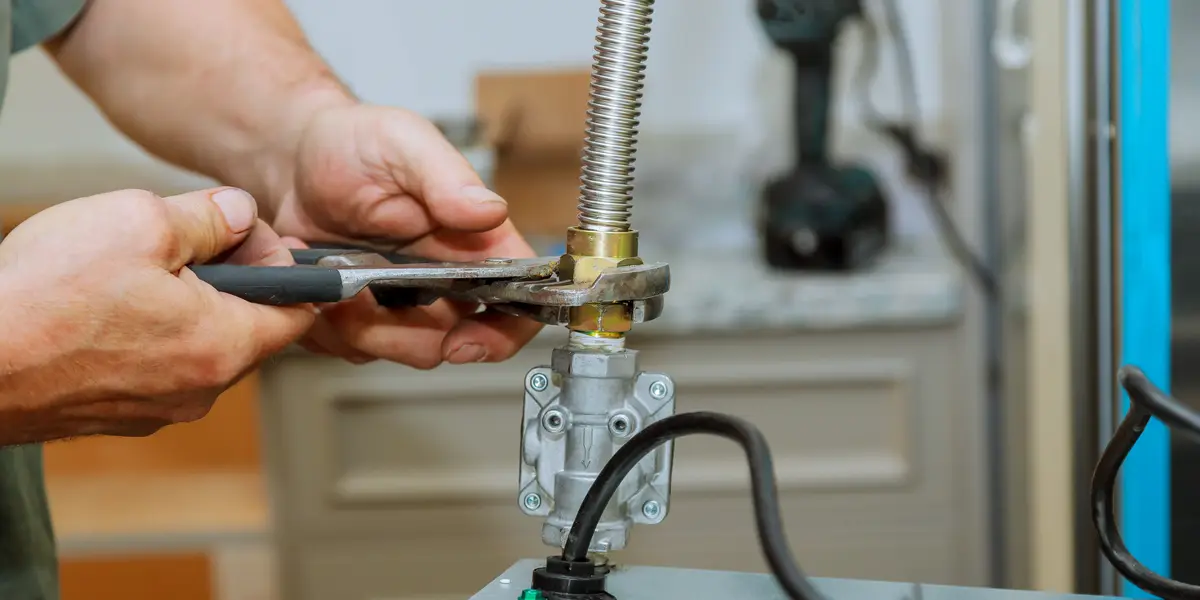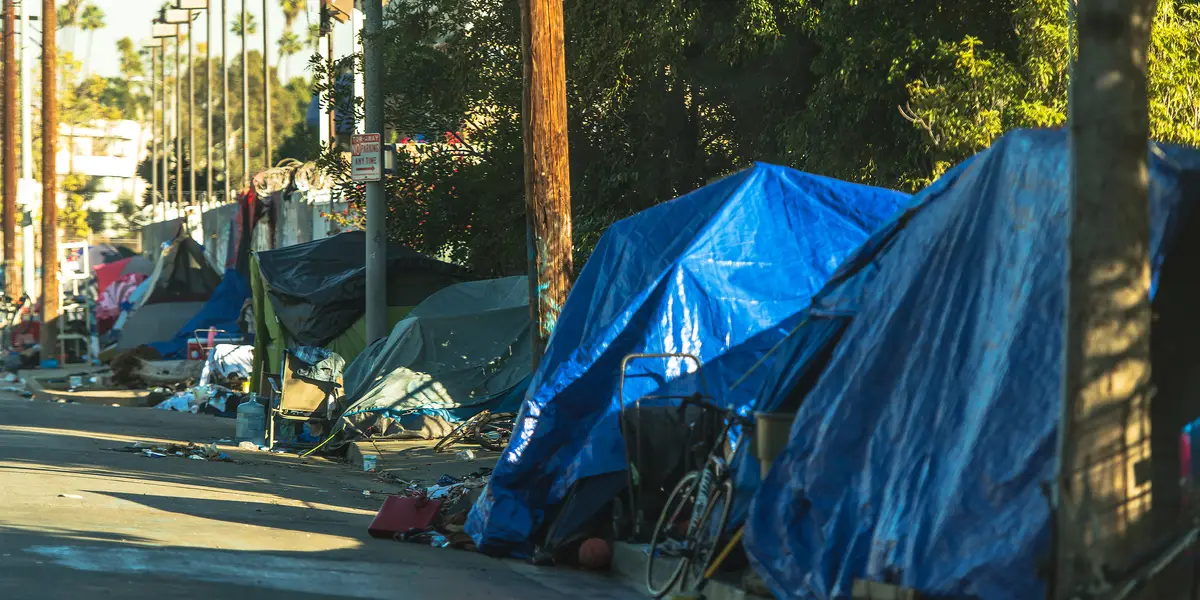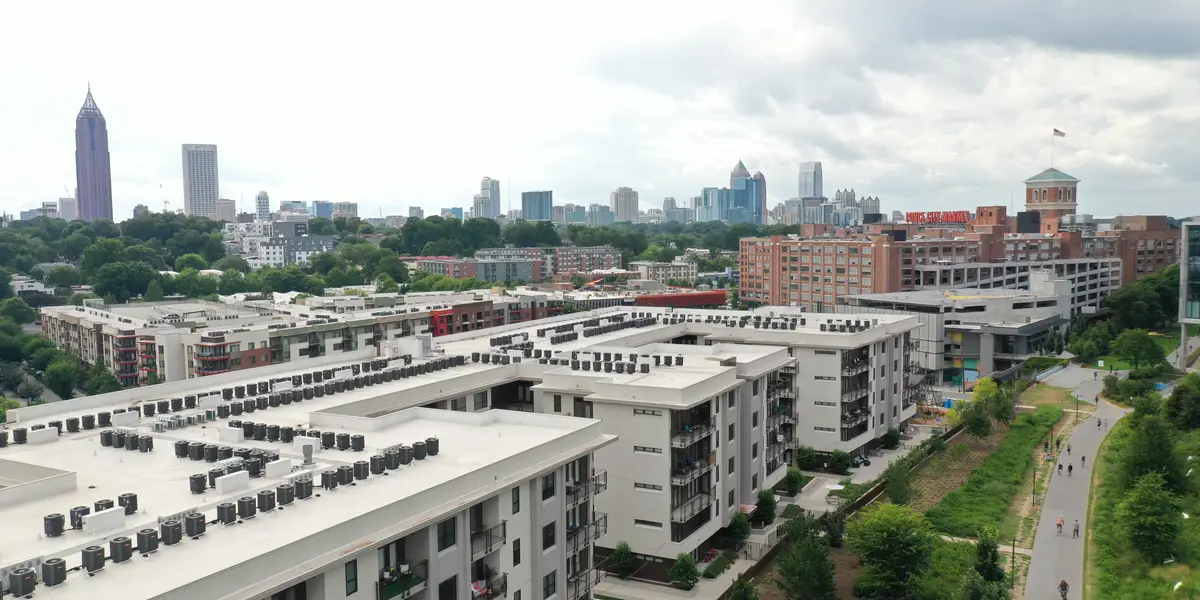America’s downtowns were in dire straits after pandemic lockdowns, office closures, and the massive shift to remote work turned the bustling central business districts of major U.S. cities into virtual ghost towns. Looking at eerie images of empty streets, sidewalks, and shuttered shops, it was easy to draw the conclusion that downtowns were doomed.
But city centers have survived this extraordinary storm. As the economy rebounds, office workers are trickling back in on hybrid schedules. The tourism industry is booming again and demand for hotel rooms in some cities has surpassed pre-pandemic levels. Forward-thinking mayors have closed streets and created pedestrian zones to promote local business, like Seattle’s program to subsidize small retailers to take over vacant downtown stores.
We’re not back to where we were just yet. But it’s clear that downtowns remain the bedrock of urban economies and are critical to cities’ health. Downtowns are an essential fixture of urban life providing vital places for people to live, work, play, connect, and attend cultural events. We’ve reached a pivotal moment where we must re-imagine and rebuild downtowns for the future, taking into account shifting economic and demographic trends in the post-pandemic era.
The question is: how do city leaders leverage this opportunity while also addressing such daunting challenges as the affordable housing crisis, climate change, aging infrastructure, and vast health, education, and economic inequities?
Invest and Decentralize
Boosting investment will be key to the success of this transformation. Fortunately, $3.8 trillion federal dollars are flowing to states and local governments under a combination of the President’s signing into law the Infrastructure Investment and Jobs, Inflation Reduction, American Rescue, and CHIPS acts. This funding will go a long way to fix city roads, bridges, railways, and tunnels that are aging and in desperate need of repair. It can be deployed to provide accessible and affordable broadband in both urban and rural areas. We can train Americans – especially those from long-underserved communities – to fill the millions of jobs that will be created as a result of our transition to a green economy and federal support for the semiconductor industry in the U.S.
With reliable transportation links and new industries, local leaders can envision the emergence of “decentralized” central business districts—a network of multiple mixed-use work and residential hubs spread across a city rather than intense clusters in one of a few locations, as they are today in many larger cities.
- Think of these as 24/7 downtowns, populated both day and night and less reliant on commuters and office space. They would feature a range of housing options, ample parks and green spaces, cultural and community venues, and after-work activities. These smaller business districts would also support many of the family-owned enterprises that were lost during the pandemic. At the same time, large anchor employers could provide career pathways, workforce training, and well-paying jobs for historically underserved communities.
In the Bay Area, for example, Lillian Santos-Stables, a member of Ichor’s Engagement Team that’s on the ground in San Francisco, says that tech companies “are moving out of downtown or reducing their footprints; downtown is changing, and there is room for a new corporate partner to position it as a community champion and support the city.”
Utilize Office Conversions
With the affordable housing crisis getting worse in many of the same cities where commercial real estate is in a slump, another strategy attracting attention is converting downtown office space into residential units.
After all, modern downtowns were designed for offices, which today comprise up to 90 percent of all space in neighborhoods such as the Loop in Chicago and the Golden Triangle in Washington, D.C. With about a quarter of these offices now unoccupied in major cities, transitioning buildings into apartments makes good sense. According to a recent report, this could add 72,000 living units in Los Angeles and 14,000 in Midtown Manhattan alone.
But it won’t happen without major cost or at the speed required to bring many more affordable housing units online, without government incentives and initiatives, such as streamlined permitting. Retrofitting an office tower built decades ago into attractive and affordable residential spaces can be costly, with major reconfigurations needed to create individual living spaces. To encourage developers to tackle such big-ticket projects, we should revise zoning regulations and tax laws, and streamline permitting to speed up construction.
Communities must also be involved to help determine both how these neighborhoods evolve and the best ways to solve pressing problems such as the increases in unhoused populations, drug use, and crime exacerbated by the pandemic.
Ultimately, the long-term advantages of converting offices will outweigh the up-front investment. If done right, cities will start to relieve an acute housing shortage and more shop owners will return and prosper. And with converted buildings required to adhere to new environmental standards, there will be a reduction in greenhouse gas emissions.
Create Social Spaces
Rethinking the future of the American downtown must also consider the unprecedented impact of technology on city life. After all, how we meet people, shop, and enjoy urban amenities has changed dramatically, whether it’s by using take-out delivery, ride-share services, or dating apps. These shifts were already underway before the pandemic, but accelerated during lockdowns, making life easier and more convenient but also increasing the sense of isolation.
In the digital age, cities must include not only an advanced tech infrastructure but also more social spaces and places for “real” human interactions—stopping by a coffee shop and hanging out, discovering a new store rather than shopping online, hopping on a bus instead of taking an Uber. With abundant sidewalks, bike lanes, parks, and places for both food trucks and mom-and-pop shops to flourish, the downtown experience can be both high-tech and human-centered for residents and tourists alike.
More than one million of our fellow Americans lost their lives during the COVID-19 pandemic and millions more grappled with economic uncertainty. These losses will continue to be felt in communities across the country. We have now arrived, however, at a unique moment in which it’s possible for downtowns to be revitalized in new, exciting, and more equitable ways—and without repeating past mistakes. There’s no one-size-fits-all model to follow, and local leaders must formulate bold policies based on a city’s unique characteristics and in partnership with communities, and corporate and non-profit partners.
We’re already seeing ambitious ideas emerge. In April, Ichor attended the annual African American Mayors Association conference, where Black mayors from across the country looked at many of the past decisions that have had a devastating impact on communities of color—and the opportunities to redress these policies. Today, local governments have a once-in-a-century chance to improve transportation, reconnect cut-off communities, and improve economic outcomes by supporting micro- and small-business growth. They can also develop innovative projects with nonprofit and corporate partners to reduce historic disparities and drive digital equity in their cities.
Despite the hardships of the past few years, the stars are aligned to create 21st-century downtowns. With an altered urban landscape as a starting point and massive federal funding in the pipeline, local leaders have a once-in-a-century opportunity. As the pandemic recedes, they can heal places and people — and ensure a better quality of life for all city residents.
Leecia Eve is a member of Ichor’s Growth Team and previously served as the Deputy Secretary for Economic Development to the Governor of New York State governor and as General Counsel at the Empire State Development.
True Capalbo is a member of Ichor’s Community Team and has a comprehensive background in urban planning and Geographic Information Systems (GIS) and a passion for ethical regional development.




